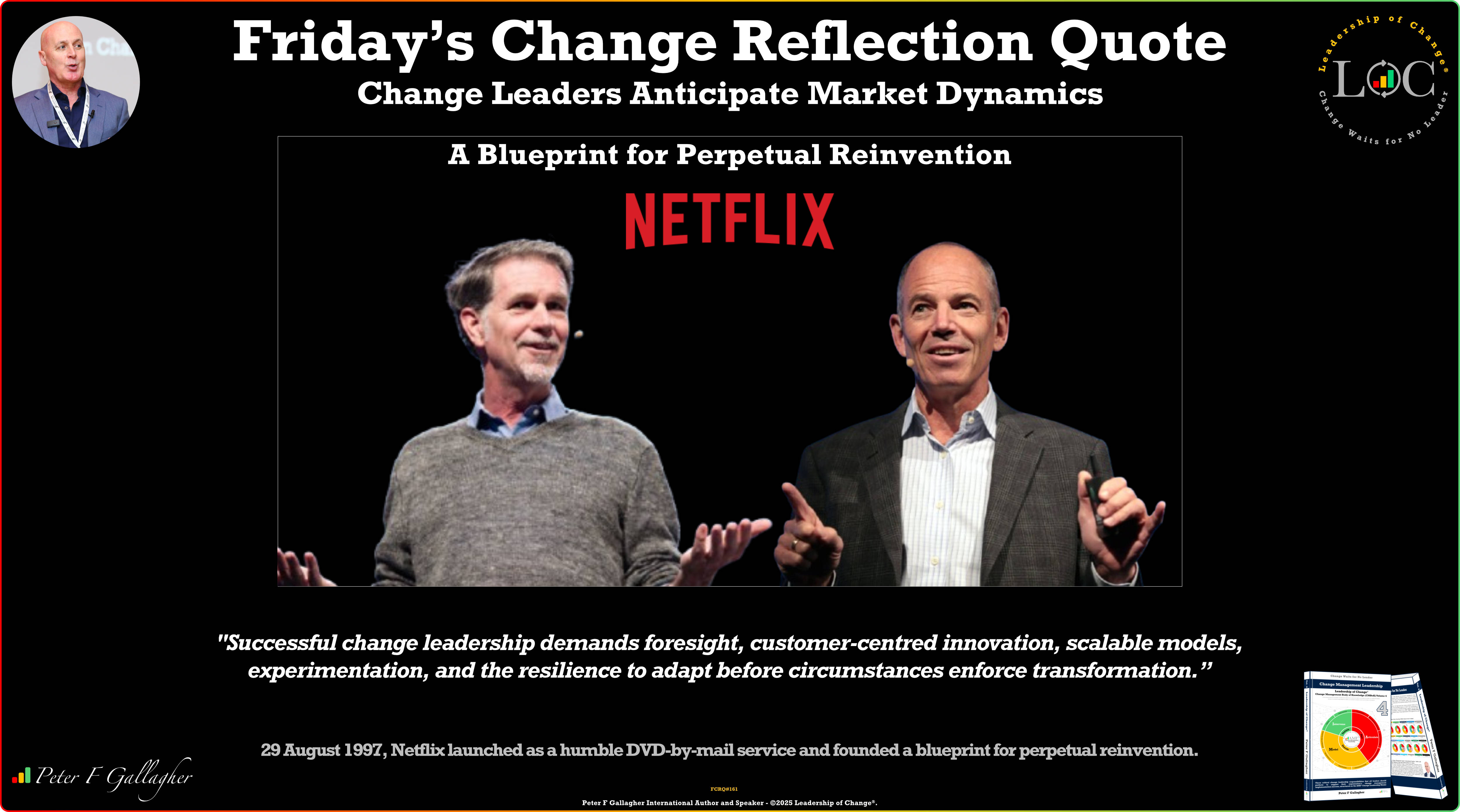Mar18

Facilitating continuous learning and development in the workplace is essential for maintaining a competitive edge in today's rapidly evolving business environment. Here are some key strategies that leaders can employ to foster a culture of continuous learning and development within their organizations.
First, leaders must recognize that occupying a leadership position is not the same as leading. To truly lead, leaders must be able to connect, motivate, and inspire a sense of ownership of shared objectives among their team members. This is particularly important when it comes to promoting a culture of continuous learning, as team members must feel motivated and empowered to take on new challenges and acquire new skills.
One common obstacle to continuous learning is scope naivete, which refers to the tendency for leaders to underestimate the amount of work required to achieve transformational change within an organization. To avoid this pitfall, leaders must be realistic about the time and resources required to implement learning and development initiatives, and must communicate these requirements clearly to team members.
Another key strategy for promoting continuous learning is to take a multipronged approach. This involves providing transparent and multidimensional development opportunities, and engaging in ongoing conversations with business leaders to understand the organization's learning needs and develop paths for continuous learning.
By taking this approach, leaders can ensure that learning initiatives are aligned with the organization's goals and are tailored to meet the specific needs of individual team members.
To ensure that continuous learning initiatives remain effective over time, leaders should also seek out feedback from team members and use this feedback to refine and improve their learning programs. This could involve using surveys or other feedback mechanisms to gather input on the effectiveness of specific learning initiatives, as well as soliciting suggestions for new learning opportunities that could be implemented in the future.
Finally, it's important for leaders to recognize the power of consolidation when it comes to promoting continuous learning. This involves connecting workflows and facilitating the flow of information within the organization, in order to ensure that team members have rapid access to accurate information that can help them stay ahead of business needs.
By using technology and other tools to facilitate communication and collaboration among team members, leaders can create a culture of continuous learning that is both effective and sustainable over the long term.
Keywords: Change Management, Coaching, Management
 Is AI Really Better Than You at Candidate Vetting? How Technology is Overcoming Age-Old Obstacles in Recruitment
Is AI Really Better Than You at Candidate Vetting? How Technology is Overcoming Age-Old Obstacles in Recruitment Friday’s Change Reflection Quote - Leadership of Change - Change Leaders Anticipate Market Dynamics
Friday’s Change Reflection Quote - Leadership of Change - Change Leaders Anticipate Market Dynamics The Corix Partners Friday Reading List - August 29, 2025
The Corix Partners Friday Reading List - August 29, 2025 The Real Reason Your Clients Keep saying No (and it's not what you think)
The Real Reason Your Clients Keep saying No (and it's not what you think)  Citi‑Zen: Synthesizing Ancient Wisdom and Quantum Futures for a New Planetary Order
Citi‑Zen: Synthesizing Ancient Wisdom and Quantum Futures for a New Planetary Order